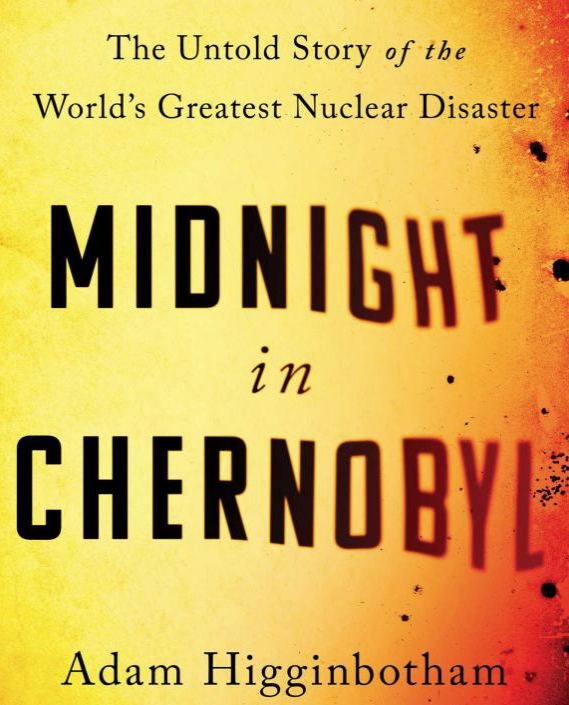Analogue: A Field Guide
/The best design is timeless
This is a fantastic book. If you are a student of design, interested in technology, or just old. It takes you through different different devices, cameras, televisions, record players, cameras and whatnot, and explores how they look and why. The word analogue in the title is a tad misleading, in that many of the items present have some kind of computer in them, but the computer is usually there to manage analogue behaviour, rather than do everything.
The pictures are great, the explanations interesting and there are callouts to particular designers and companies along the way. There are quite a few things I used to own, and quite a few that I still do. The phrase “they don’t make ‘em like that any more” springs to mind a lot, but if folks read things like this and enjoy what is presented it would be nice to think that some modern devices would have this kind of flair in how they look and are used.
Strongly recommended.






















